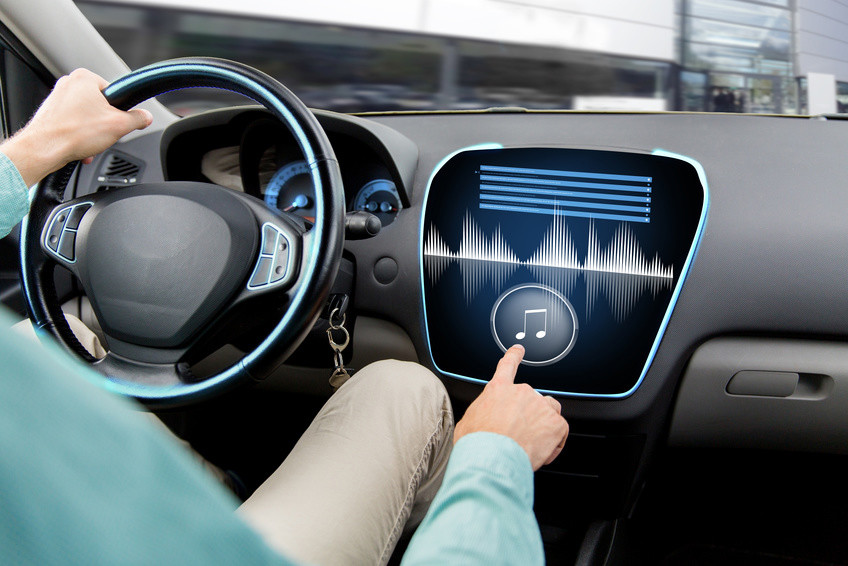A streaming link collection site that provides an ad-free viewing experience aims to enhance user satisfaction by eliminating interruptions typically associated with advertisements. These sites work by aggregating and curating links to various streaming platforms or direct video sources, allowing users to access content without being subjected to ads during their viewing experience. To understand how these sites achieve an ad-free environment, it is important to consider both the technical and business aspects involved. One of the primary methods these platforms use to provide an ad-free experience is by curating content from paid or premium sources. Many premium streaming services offer ad-free content as part of their subscription packages. The streaming link collection sites gather links from these services, ensuring that users can access content without having to deal with ads. Since these platforms often provide high-quality streams with no interruptions, the content linked from these sources automatically remains ad-free. In some cases, streaming link collection sites may also offer direct access to content hosted on private servers or other sources that do not include ads.
This is often the case with user-uploaded content or videos that are not hosted by large, ad-supported platforms. These private servers usually operate under different business models that do not rely on advertising revenue, and therefore, they offer ad-free content. By linking to these sources, streaming link collection sites can offer users a clean, uninterrupted viewing experience. Another technique these sites use is the use of ad-blocking technology. Some streaming link collection platforms utilize built-in ad blockers or redirect users to links that bypass ads. This can be accomplished by routing traffic through proxies or using scripts that block known ad-serving domains. While this may seem like a convenient option for users, it is important to note that it may not be entirely legal or in compliance with the terms of service of certain content providers. Nonetheless, ad-blocking methods are a popular strategy used by many sites to reduce interruptions for viewers. A key element of providing an ad-free experience is the business model of the streaming link collection site itself.
These platforms typically generate revenue through other means, such as subscriptions, donations, or affiliate marketing, rather than through ad revenue. By adopting a subscription-based model, where users pay for access to an ad-free experience, these sites can ensure that they do not rely on the traditional ad-supported revenue streams that would otherwise interrupt the viewing experience. Some sites also encourage users to donate in exchange for a premium, ad-free service, or offer tiered memberships that provide additional features such as faster streaming or access to exclusive content. Furthermore, the focus of many streaming link collection sites is on user experience, which includes avoiding intrusive ads that can detract from content enjoyment. By providing an ad-free environment, these sites cultivate a loyal user base who appreciate the uninterrupted, high-quality viewing experience. In many cases, the absence of ads becomes a major selling point for users, leading to increased traffic and growth for the platform. The streaming 링크모음site provides an ad-free viewing experience by sourcing content from premium, ad-free platforms, hosting content on private servers, using ad-blocking technology, and adopting business models that do not rely on ad revenue.





